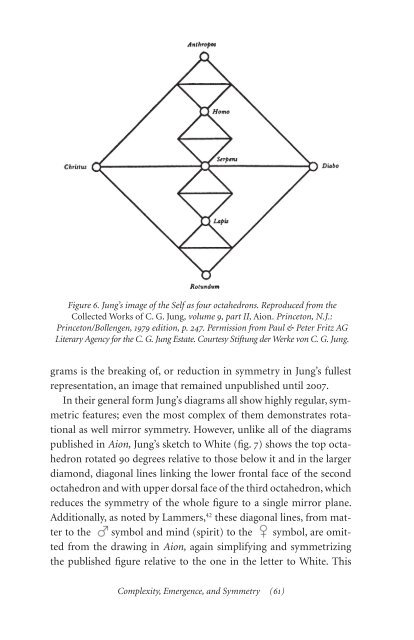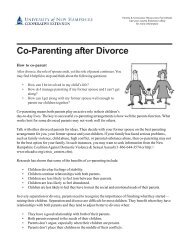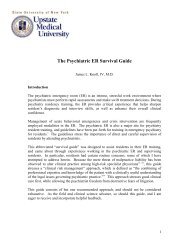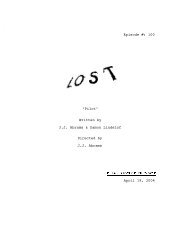Synchronicity Cambray
Synchronicity Cambray
Synchronicity Cambray
Create successful ePaper yourself
Turn your PDF publications into a flip-book with our unique Google optimized e-Paper software.
Figure 6. Jung’s image of the Self as four octahedrons. Reproduced from the<br />
Collected Works of C. G. Jung, volume 9, part II, Aion. Princeton, N.J.:<br />
Princeton/Bollengen, 1979 edition, p. 247. Permission from Paul & Peter Fritz AG<br />
Literary Agency for the C. G. Jung Estate. Courtesy Stiftung der Werke von C. G. Jung.<br />
grams is the breaking of, or reduction in symmetry in Jung’s fullest<br />
representation, an image that remained unpublished until 2007.<br />
In their general form Jung’s diagrams all show highly regular, symmetric<br />
features; even the most complex of them demonstrates rotational<br />
as well mirror symmetry. However, unlike all of the diagrams<br />
published in Aion, Jung’s sketch to White (fig. 7) shows the top octahedron<br />
rotated 90 degrees relative to those below it and in the larger<br />
diamond, diagonal lines linking the lower frontal face of the second<br />
octahedron and with upper dorsal face of the third octahedron, which<br />
reduces the symmetry of the whole figure to a single mirror plane.<br />
Additionally, as noted by Lammers, 42 these diagonal lines, from matter<br />
to the symbol and mind (spirit) to the symbol, are omitted<br />
from the drawing in Aion, again simplifying and symmetrizing<br />
the published figure relative to the one in the letter to White. This<br />
Complexity, Emergence, and Symmetry ( 6 )









